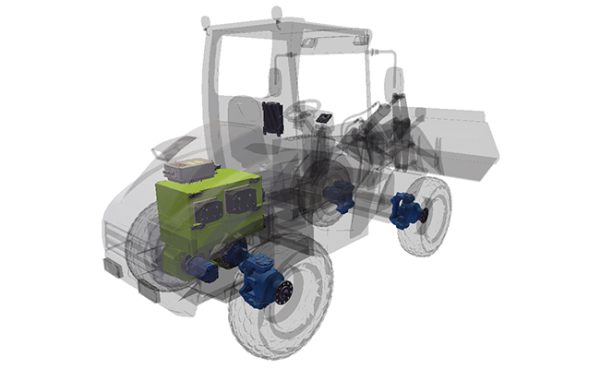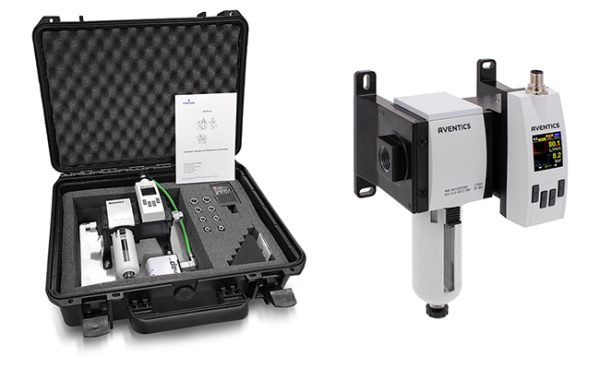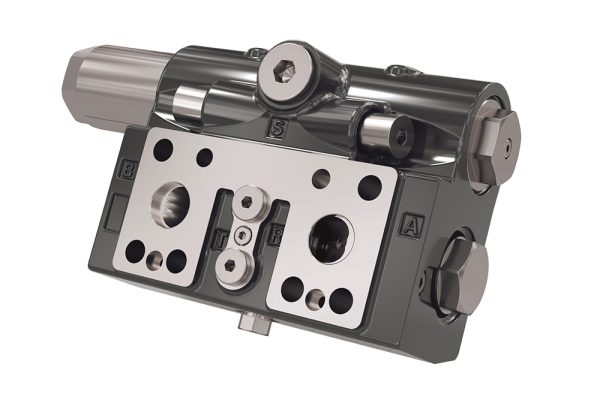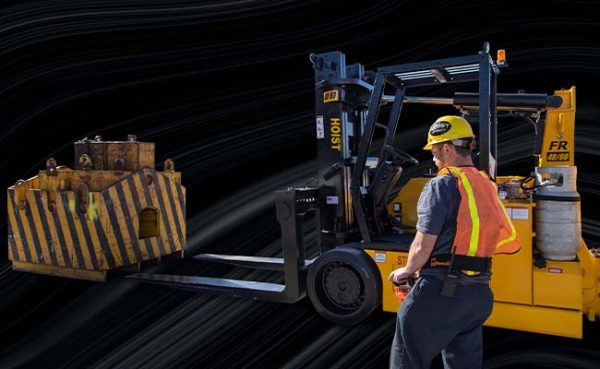Ergonomics Improve Filtration System Safety, Reduce Operator Strain
 By Wim Callaert, Senior Product Manager, Eaton Technologies GmbH, Sint-Niklaas, Belgium.
By Wim Callaert, Senior Product Manager, Eaton Technologies GmbH, Sint-Niklaas, Belgium.
Ergonomics plays an important role in optimizing the design of industrial filtration systems by making them easier to maintain and safer for the user. Operators who change out consumable filter bags will benefit from systems that minimize physical strain, the time it takes to complete their tasks, and potential exposure to dangerous conditions and substances.
Per the U.S. Bureau of Labor Statistics, most nonfatal occupational injuries resulting in missed work are caused by musculoskeletal disorders (MSDs) including sprains/strains, pinched nerves, bruises, and lacerations due to lifting/pushing/pulling heavy items, bending down, reaching overhead and/or working in awkward body positions. OSHA further estimates that U.S. employers pay almost $1 billion per week for direct workers’ compensation costs alone—a reminder that implementing improved safety measures is always good business. Here is how functional design can make a big difference in the overall efficacy of industrial filtration systems and how ergonomics can have the added benefit of positively impacting your profits:
Bigger is not always better
Large-sized filters (where housings will tend to have a high access point) are popular for the efficiencies they create. However, it may be more practical to design a smaller filter unit having a lower access point, where filter bags are also smaller/shorter, thus enabling personnel to easily remove them while standing on the ground. This eliminates the need for special lift equipment or scaffolding that is labor-intensive, disruptive to operations, and can pose a safety risk. In certain cases, a high-capacity filtration solution in a shorter size can even outperform a larger, standard-capacity model while offering better height accessibility.
Note that smaller-sized systems are often preferable for filtering viscous liquids such as glues, paints, or resins. This is because the weight of the loaded bag that is potentially filled with liquid (when draining is more difficult) can be significant. A size #2 bag will weigh roughly twice as much as a size #1 bag for example. Furthermore, the contact area between a #1 filter bag and filter basket is also substantially reduced compared to a #2 bag, and as such the extraction becomes much easier when working with sticky liquids. Notable is that a filter balloon can further aid in displacing nonfunctional internal volume by reducing the internal volume in a size #2 bag from 16 L down to 7 L, thereby reducing the weight of the bag for extraction.
Typical working height restrictions can be overcome in other ways as well. For instance, where filter housings are normally positioned in a vertical setup, changing to an inclined or even horizontal position may dramatically reduce the working height. The market offers a variety of inclined or fully horizontal configurations for single- and multi-bag filter housings that allow fast removal or insertion of consumables without having to lean over the opened housing. This type of setup helps limit operator exposure to dangerous temperatures, chemicals, solvents and other ambient hazards and is ideal for reducing physical fatigue where filter bags become heavily loaded.
Make it an open-and-shut case
The method of opening and closing the filter unit can also make a difference to operators. Single central T-bolt or V-clamp quick closures can require much less time and effort to service compared to housings with multiple eyebolts. These more operator-friendly, quick-open-and-shut systems permit access to consumables in seconds as opposed to minutes of more difficult manual labor. For instance, some quick-lock units allow the operator to stand in place and rotate a hand wheel to open the cover—there is no need to have full movement around the housing or to use any tools, as is the case with bolted closures. Some multi-bag V-clamp housings may also use a spring-assisted mechanism to facilitate easier closure.
Safety is paramount in these instances and that is why Eaton designs all of its quick-opening bag filters with a proper system that blocks the opening mechanism while the housing is under pressure. When specifying a filtration unit, you should further evaluate options to customize the cover opening direction so that it easily adapts to different piping layouts or to accommodate walls, posts or other obstructions depending on the facility.
The difference is in the detail.
Ergonomically designed grab handles that hold up in harsh environments can make the removal of filter bags much easier and faster as well. Other features like bag positioners can make it simple for operators to insert a bag correctly without having to lean over the housing and push the bag down in the basket, so take time to understand all the factors that will make a difference to operators over years of service.
It is also wise to consider automatic self-cleaning filtration systems where volatile organic compounds (VOCs) can be released during consumables change out. These systems help keep operators safe by minimizing the need for manual intervention and thus potential exposure to VOCs. High-capacity filter bags, offering extra filtration surface in the same filter housing, can here again help to limit operator exposure by extending the time between change outs.
The industry is constantly striving to make industrial filtration solutions lighter, easier and safer for personnel to manage, and more effective in terms of reducing product waste and process inefficiencies. This helps to protect operators and lower expenses by enabling systems to stay online longer with less attention required. If your maintenance routine has become a costly production that uses special equipment and puts an extra burden on people, take a closer look at all the ergonomic advantages that are available.







